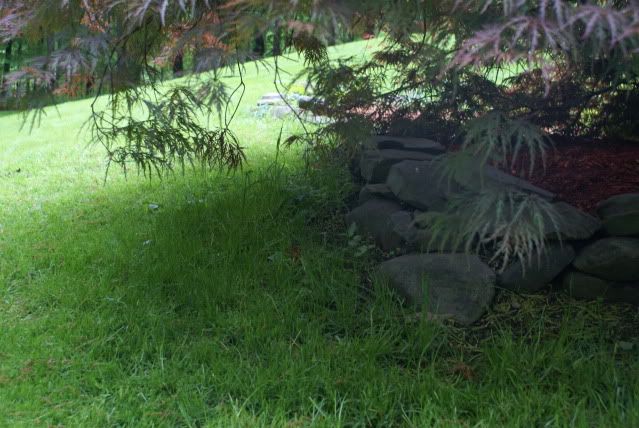Yes, you can do it on the entire lawn if its too much for spot treatments.NCLawn wrote: Can I use Weed B Gone on the whole lawn? Meaning will it kill my fescue? And spray is better than a granular?
No, it should not hurt the TTTF. Check the label of what's being sold in your area as formulations differ from the North to the South.
Identify the weeds FIRST - WBG (and most granulars too) do not kill all weeds. And also remember, some weeds will require a second (or even a third) hit 10-14 days later - how will you handle them with a weed-and-feed product?
I like sprays better for three reasons: (1) if I have weeds that require different weed killers, I can research whether a mixed "cocktail" application of multiple weed killers is safe, (2) I can add a surfactant (dishwashing soap) to make it stick better, and (3) I can hit the survivors again without worrying about fertilizer overload.

